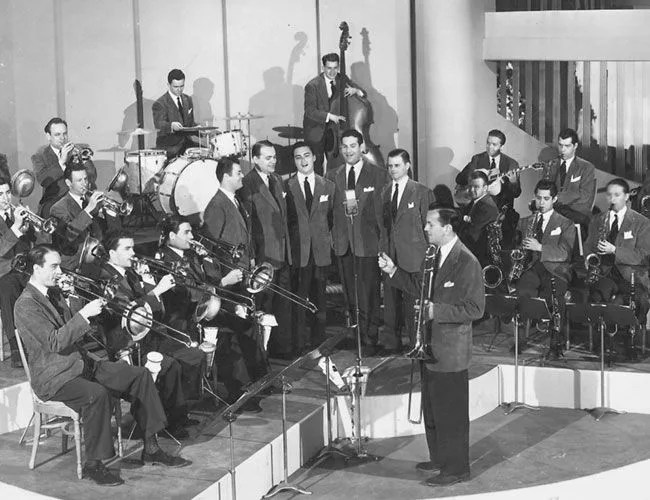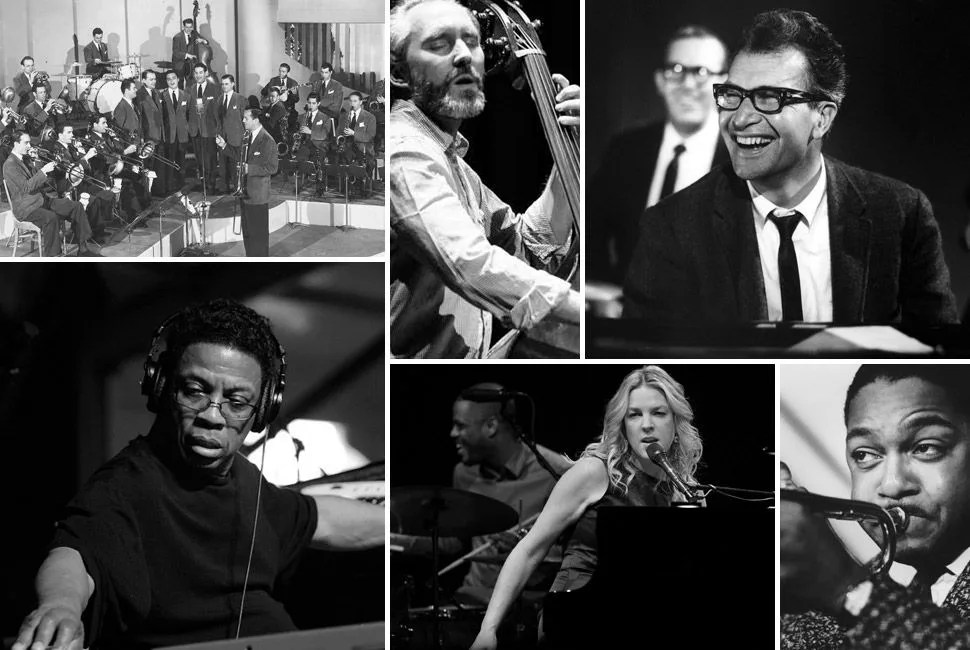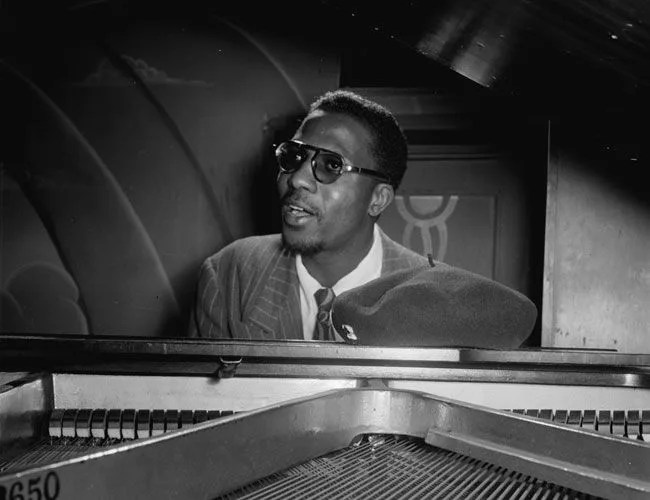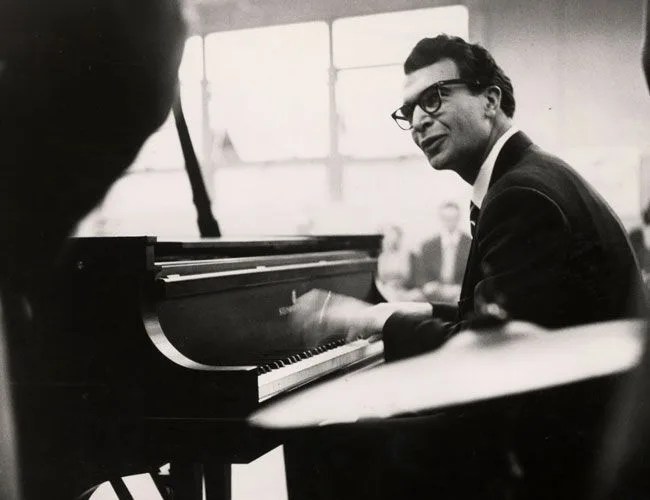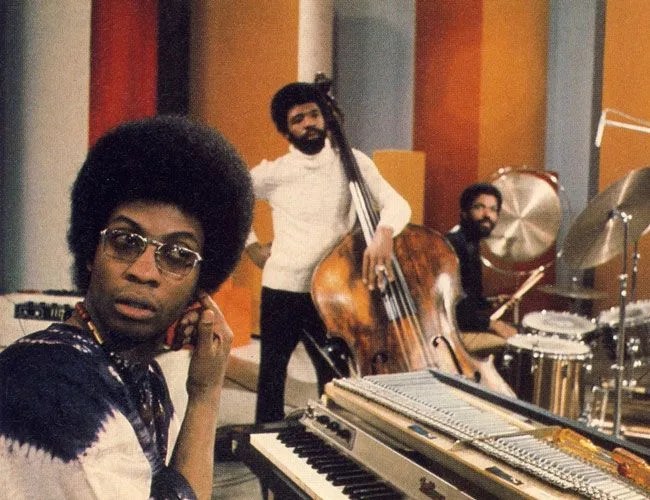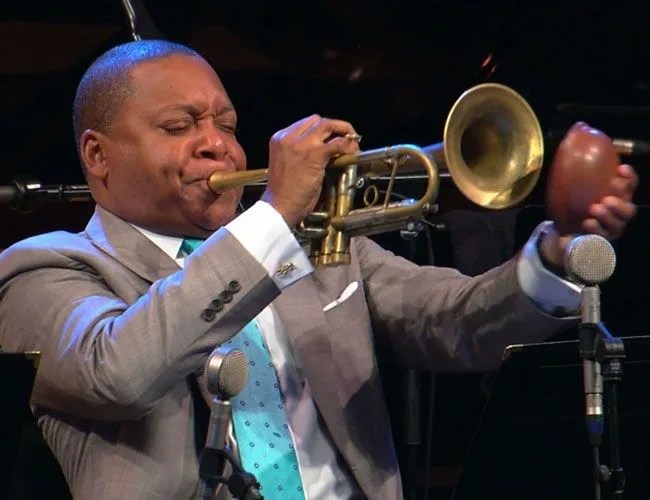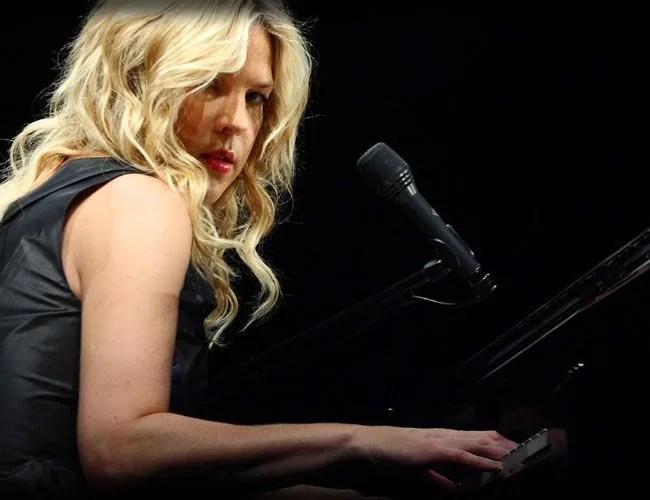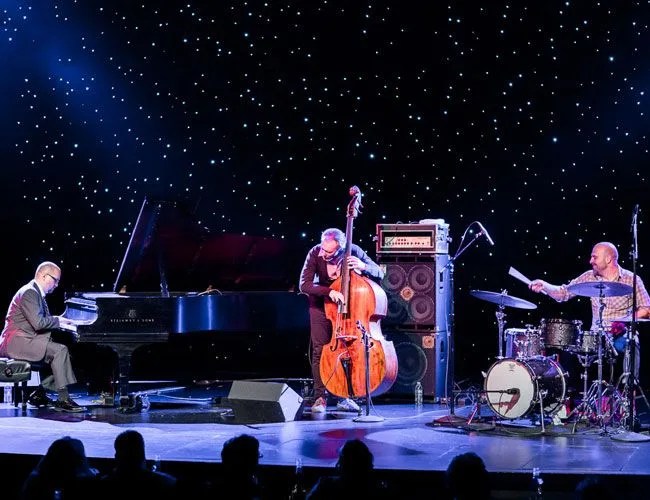Jazz has always had an undeniable impact on culture, yet a tumultuous relationship with popular music. At one point in the middle of the 20th century, the genre was at the forefront. It had pop stars. Miles Davis, with his constant, sometimes puzzling musical innovation and penchant for performing with his back to the crowd, was the genre’s Kanye West. Wynton Marsalis, with his cocksure commitment to “pure music,” was an analogue to Dave Grohl. John Coltrane’s religious dabbling brings up Madonna.
Then, through the ’80s and ’90s, jazz seemed to lose direction, thanks in part to Kenny G, who let “jazz” mean music that’s more like bastardized adult contemporary pop-rock. Today, millennials are rediscovering the jams of jazz’s founding fathers, while contemporary artists are having their own small victories. The jazz star of today cannot compete with the likes of the modern pop star, but they still have their place. As a means of examining jazz’s rollercoaster trajectory — and calling out the names that solidified jazz’s importance in musical history — we’ve narrowed things down to one song at a time, demonstrative of the decade and the climate of jazz at the time.
1930s
“In the Mood” by the Glenn Miller Band
